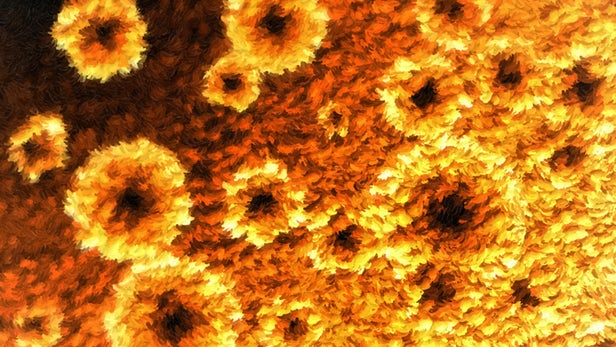
Breaking News
 Trump Announces MASSIVE Social Security Cleanup -- 275,000 Illegal Aliens Removed...
Trump Announces MASSIVE Social Security Cleanup -- 275,000 Illegal Aliens Removed...
 BOMBSHELL: Kash Patel Uncovers Obama Deputy AG Sally Yates' Email Ordering FBI Agents...
BOMBSHELL: Kash Patel Uncovers Obama Deputy AG Sally Yates' Email Ordering FBI Agents...
 China Unveils World's First Pregnancy-Simulating Humanoid Robot
China Unveils World's First Pregnancy-Simulating Humanoid Robot
 How Coca-Cola's Secret Formula Has Changed Over Time
How Coca-Cola's Secret Formula Has Changed Over Time
Top Tech News
 1,000 miles: EV range world record demolished ... by a pickup truck
1,000 miles: EV range world record demolished ... by a pickup truck
 Fermented Stevia Extract Kills Pancreatic Cancer Cells In Lab Tests
Fermented Stevia Extract Kills Pancreatic Cancer Cells In Lab Tests
 3D printing set to slash nuclear plant build times & costs
3D printing set to slash nuclear plant build times & costs
 You can design the wheels for NASA's next moon vehicle with the 'Rock and Roll Challenge
You can design the wheels for NASA's next moon vehicle with the 'Rock and Roll Challenge
 'Robot skin' beats human reflexes, transforms grip with fabric-powered touch
'Robot skin' beats human reflexes, transforms grip with fabric-powered touch
 World's first nuclear fusion plant being built in US to power Microsoft data centers
World's first nuclear fusion plant being built in US to power Microsoft data centers
 The mitochondria are more than just the "powerhouse of the cell" – they initiate immune...
The mitochondria are more than just the "powerhouse of the cell" – they initiate immune...
 Historic Aviation Engine Advance to Unlock Hypersonic Mach 10 Planes
Historic Aviation Engine Advance to Unlock Hypersonic Mach 10 Planes
 OpenAI CEO Sam Altman Pitches Eyeball-Scanning World ID to Bankers
OpenAI CEO Sam Altman Pitches Eyeball-Scanning World ID to Bankers
 New 3D-printed titanium alloy is stronger and cheaper than ever before
New 3D-printed titanium alloy is stronger and cheaper than ever before
Wound dressing uses electricity to bust up antibiotic-resistant bacterial infections

An incredible new study has demonstrated the potential of a wound dressing that can fight bacterial infections using a weak electrical field. Offering a novel way to battle antibiotic resistant infections, the dressing has been approved by the FDA and is currently being tested in human burn patients.
The National Institutes of Health estimates up to 80 percent of all bacterial infections are caused by a phenotype known as a bacterial biofilm. These biofilms occur when bacterial cells adhere together to form a slimy substance, often around wounds or implanted medical devices. Bacterial biofilms can be difficult to eradicate at the best of times, a task made even more challenging with the rise of antibiotic-resistant bacteria.
A variety of new techniques to battle bacterial biofilms are in development. One team from the University of Southern Florida is exploring the biofilm-busting potential of a newly discovered compound from an Antarctic sea sponge, while another team from the University of Pennsylvania is investigating micro-robots as a way of breaking down these biofilms.
The new research proposes yet another novel biofilm-busting method: electricity. The study suggests a weak electric field can prevent bacteria from aggregating into biofilms, and break down a bacterial biofilm if it is already present on a wound. To do this, the researchers developed what they call a wireless electroceutical dressing (WED).



